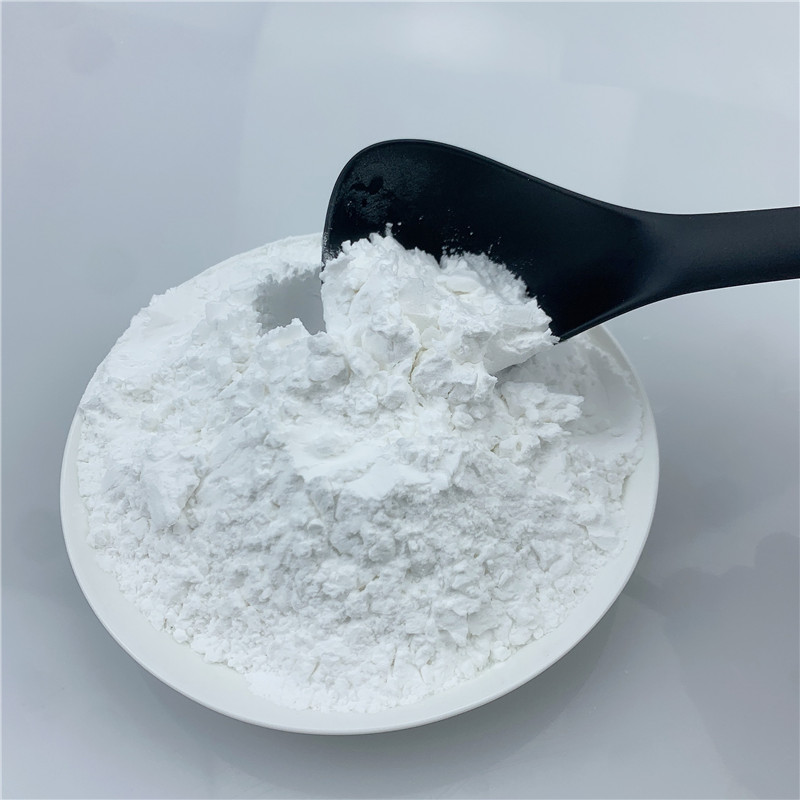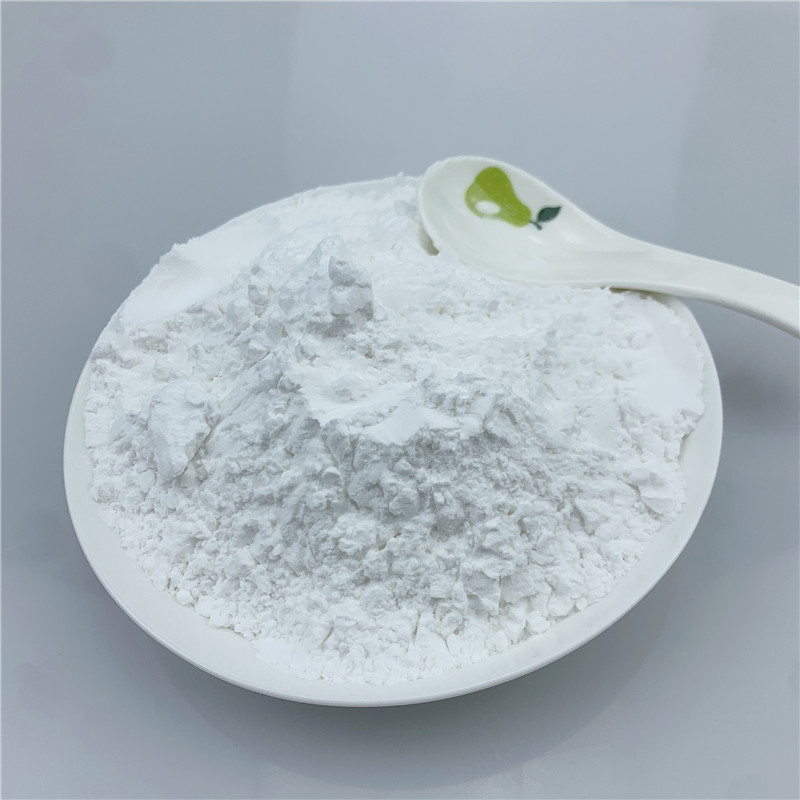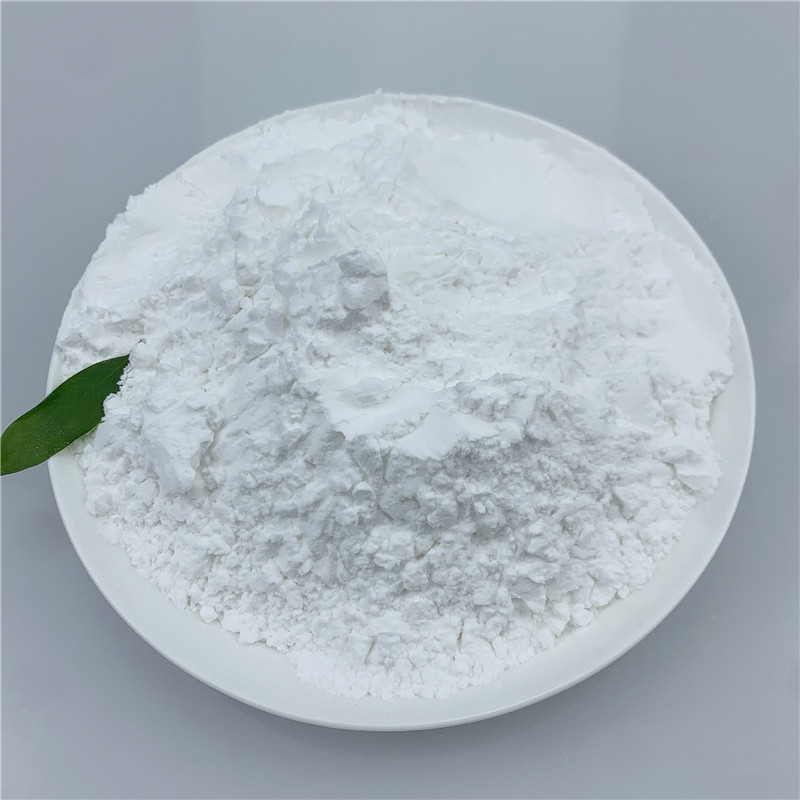Chemical product Bromazolam CAS 71368-80-4
Basic Information

Molecular formula: C17H13BrN4
- Melting point: 272.0-275℃
- Boiling point: 519.8±60.0 °C(Predicted)
- density: 1.54±0.1 g/cm3 (20 ºC 760 Torr)
- pka: 2.37±0.40(Predicted)
- Molecular Formula: C17H13BrN4
- Molecular Weight: 353.21600
- Exact Mass: 352.03200
- PSA: 43.07000
- LogP: 3.12480
Usage
Bromazolam is classified as a novel benzodiazepine which was first synthesised in 1976, but was never marketed. It has subsequently been sold as a designer drug, first being definitively identified by the EMCDDA in Sweden in 2016. It is the bromo instead of chloro analogue of alprazolam, and has similar sedative and anxiolytic effects. Bromazolam is structurally similar to traditional benzodiazepines, including alprazolam (replacing the chlorine with a bromine) and bromazepam (addition of triazole ring). Alprazolam and bromazepam are Schedule IV substances in the United States; bromazolam is not explicitly scheduled.
8-Bromo-1-methyl-6-phenyl-4H-s-triazolo[4,3-a][1,4]benzodiazepine is used to study the antianxiety activity, antidepressant and psychotropics for central nervous system.



Preparation Method
They were treated with pHLS9 (2 mg protein /mL), 25 μg/mL Alamethicin (UGT reaction mixture B), 90 mM phosphate buffer (pH 7.4), 2.5 mM mg 2+, 2.5 mM isocitrate, and 0.6 mM at 37°C NADP +, 0.9 U/mL isocitrate dehydrogenase, 100 U/mL superoxide dismutase and 0.1 mM acetyl-CoA. Then, 2.5 mM UDP-glucuronic acid (UGT reaction mixture solution A), 40 μM PAPS, 1.2 mM SAM, 1 mM dithiothreitol, 10 mM glutathione, and 50 μM clobromazolam or Bromazolam were added.
Reaction Conditions: 50 μM Bromazolam for 360min in 37°C
Applications: Bromazolam metabolites were identified in pHLS9 incubation.








